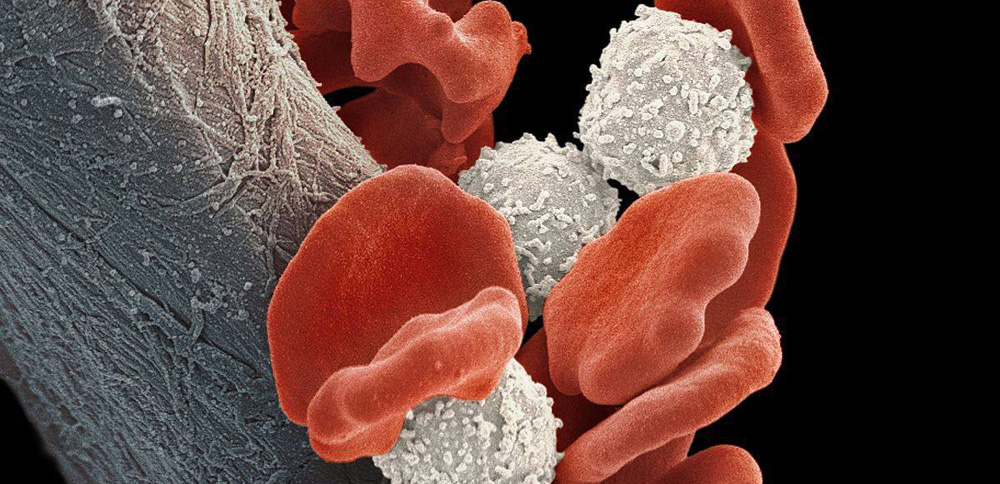The oncogene EVI1 induces an aggressive leukemia, but the molecular mechanism behind it is still unclear; recently, a research report titled “EVI1 drives leukemogenesis through aberrant ERG activation” was published in the international journal Blood , Scientists from Vienna Veterinary University and other institutions have found through research that the carcinogenic effect of EVI1 depends on the activation of a single gene, the stem cell transcription factor ERG.
In cells, chromosomes are often disrupted and rearranged, which leads to changes in gene order and regulation; in the body’s blood system, such rearrangements, such as chromosome 3, activate the expression of the oncogene EVI1, causing A specific form of acute myeloid leukemia (AML) that is resistant to chemotherapy and incurable in almost all patients. In order to find effective treatments, scientists have tried to understand the molecular mechanism by which EVI1 causes leukemia. However, it is very difficult to study cells rearranged by EVI1 because they grow poorly in culture and in mice.
“We have many experimental tools to investigate gene function in cancer, but in the case of EVI1-driven AML, we lacked a relevant disease model that could take advantage of these tools,” says researcher Johannes Zuber. Ultimately, the combined study successfully created a novel model of EVI1-driven AML that may enable genetic experiments; around the same time, the researchers also identified an EVI1-dependent human leukemia cell line , the researchers believe that it may still be an important tool for future AML research, and once these two models become available, it may provide scientists with certain opportunities and clues to systematically investigate the molecular pathways involved in EVI1.
In the article, the researchers used the gene magic scissors CRISPR-Cas9 to clear the gene, which may help them screen the entire genome for possible weaknesses in EVI1-driven leukemia cells. The researchers found that the transcription factor ERG may be both activated by EVI1. , and is also required for its function in leukemia; ERG is an oncogene that plays a role in many different forms of cancer, especially in prostate cancer, ERG is part of a special group of proteins that The critical role of specific proteins that help promote cell proliferation and differentiation, blood vessel development, and other physiological processes in the body is unclear.
The researchers then sought to elucidate the importance and role of the important ERG in the induction of malignant hematological cancers. It was well known that ERG was required for the development of AML, but it was not known whether other proteins were involved. So the scientists turned off the EVI1 oncogene in cancer and artificially expressed ERG, and the leukemia cells survived, revealing that ERG itself may be sufficient to compensate for the loss of EVI1.
Finally, the researchers say that although there are different mechanisms that lead to the expression of EVI1, its main function is focused on the activation of a single protein called ERG; elucidating the direct link between EVI1 and ERG may be a step forward It is not only an important step to understand the key role of EVI1 in leukemia, but also to find more effective therapeutic methods.
References:
Johannes Schmoellerl, Inês A. M. Barbosa, Martina Minnich, et al. EVI1 drives leukemogenesis through aberrant ERG activation, Blood (2022). DOI: 10.1182/blood.2022016592









